
Zelda Replay Part IV: Link's Awakening DX - Article
by Evan Norris , posted on 19 October 2020 / 3,820 ViewsWelcome to Zelda Replay, a celebration of what I consider the best video game franchise. Each article in this ongoing series will explore a specific The Legend of Zelda game — which I will replay and re-evaluate — starting with the first installment on NES and moving forward according to release date.
Note: I will cover only mainline, official titles for this project, so don't expect non-canonical entries like The Wand of Gamelon or side projects like Link's Crossbow Training. Every game will get a review and will enter into a series ranking that I’ll update with each new article. Please enjoy.
Part IV: Link's Awakening DX
"Try many different things to find what's right for you!"
It would be safe to classify Link's Awakening as an oddity of the series. The handheld title, which began its life on Game Boy and was updated as Link's Awakening DX for Game Boy Color, is one of the few mainline games that excludes staples like Ganon, Zelda, and Hyrule, and the most brazen in terms of cameos from outside gaming franchises — in this case Super Mario, Kirby, SimCity, and Kaeru no Tameni Kane ha Naru. Moreover, it includes a roster of eccentric characters and a surreal setting that both go beyond the typical Zelda milieu.
Yet for all its irregularities, Link's Awakening achieves greatness mostly for the way it conforms to, and riffs on, traditional Zelda mechanics. Ultimately, the game feels like a logical extension of A Link to the Past, which makes sense since it started as a Game Boy port and involved the majority of the team that crafted the esteemed SNES game.
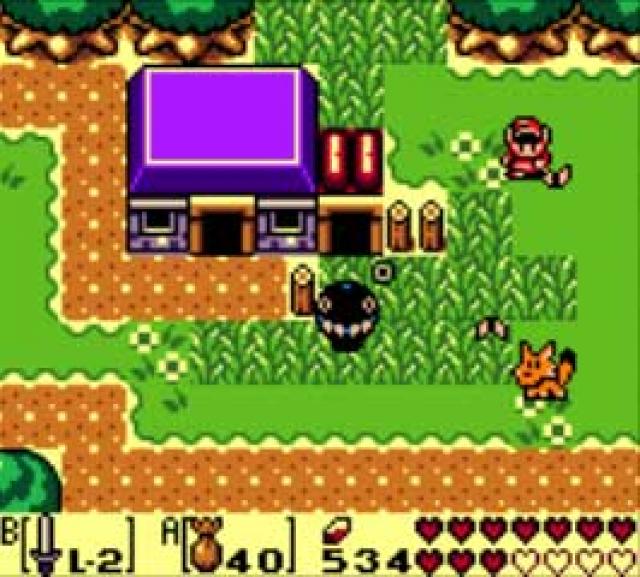
Link's Awakening DX unfolds like a typical top-down Zelda, albeit with a few significant twists. All the staples are here: exploration, real-time combat, problem-solving. There's a vibrant overworld, comparable in size to previous top-down Zelda games (remarkable, given the technological limitations of Game Boy hardware), although more maze-like and restrictive than earlier entries. One thing I observed during this replay was that it's easy to get disoriented while roaming the game's unusually labyrinthine landscape. The map isn't entirely helpful in mitigating this issue; it does a good job of locating major landmarks and regions, but fails to capture fully the pathways and topography of Koholint Island.
While traversing the island, the hero Link will find hidden pathways, uncover heart pieces and secret seashells, meet quirky quest-giving NPCs, and enter 10 dungeons, each with a unique theme. A couple of the dungeons suffer from excessive backtracking, but in general they're inventive and challenging — particularly Turtle Rock, which can go toe-to-toe with the best dungeons in the series.
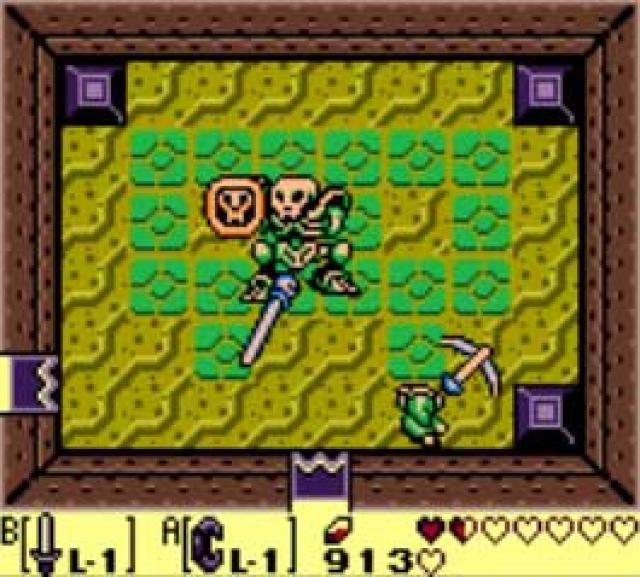
Where the dungeons really stand out, though, is boss design. Minus some duds — here's looking at you, Facade — Link's Awakening DX has a very creative collection of bosses and mini-bosses which routinely mix up the rules of engagement. They'll force Link to leap over obstacles, pick up and throw items, and even fight in side-scrolling encounters, underwater, or at the top of a tower.
Side-scrolling gameplay is probably the biggest, most visible oddity in Link's Awakening DX, but it's far from the only one. The game features multiple idiosyncratic villagers — inspired by the TV show Twin Peaks — fourth-wall breaking dialogue and, unique to the colorized DX version, support for the Game Boy Printer and an optional "Color" dungeon. It also boasts a fishing mini-game, the ability to learn songs on an ocarina, and a trading sequence side-quest — all firsts for the franchise and all subsequently appeared in Ocarina of Time.

Also new to the series was the ability to assign the A and B buttons to a multitude of items, although this creates the biggest, most consistent problem with the game. Swapping items in and out in the start screen is a chore, no matter how you slice it. In the overworld and deep within dungeons you'll need to pause dozens of times to equip and unequip your tools. None of your items are constantly "on", so you must assign Roc's Feather every time you need to jump, the Power Bracelet every time you need to lift something heavy, and the Pegasus Boots every time you need to run. It's all very cumbersome.
Item management notwithstanding, the Link's Awakening development team did a terrific job fitting a full-fledged Zelda experience on a system with lower-end specifications. Unlike a lot of handheld spin-offs, the game doesn't feel 'less-than'. Indeed, thanks to a commitment to the tenets introduced in its direct predecessor A Link to the Past, and a few unusual inventions of its own, it represents a genuinely great entry in the series.
Updated Ranking:
1. The Legend of Zelda: A Link to the Past
2. The Legend of Zelda
3. The Legend of Zelda: Link's Awakening DX
4. Zelda II: The Adventure of Link
More Articles
Great read. The item swapping was a problem, but I can excuse that given the circumstances. You didn’t really touch on the story, with the twist and Marin though, but I think you mentioned everything else. The sad thing is though, your ranking of the games is now different than mine. ;-)
The constant swapping killed my enjoyment of the original when I purchased it on the Wii U's virtual console. Thankfully, the remake addresses all the issues I had with the GameBoy version and I can say it's a great Zelda title.









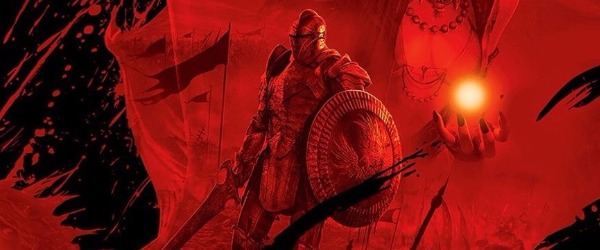
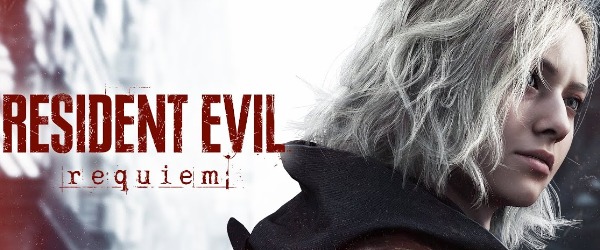
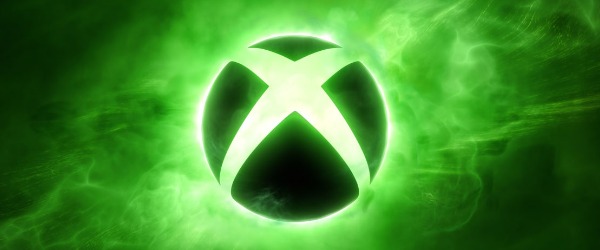












 Essay Pro
Essay Pro